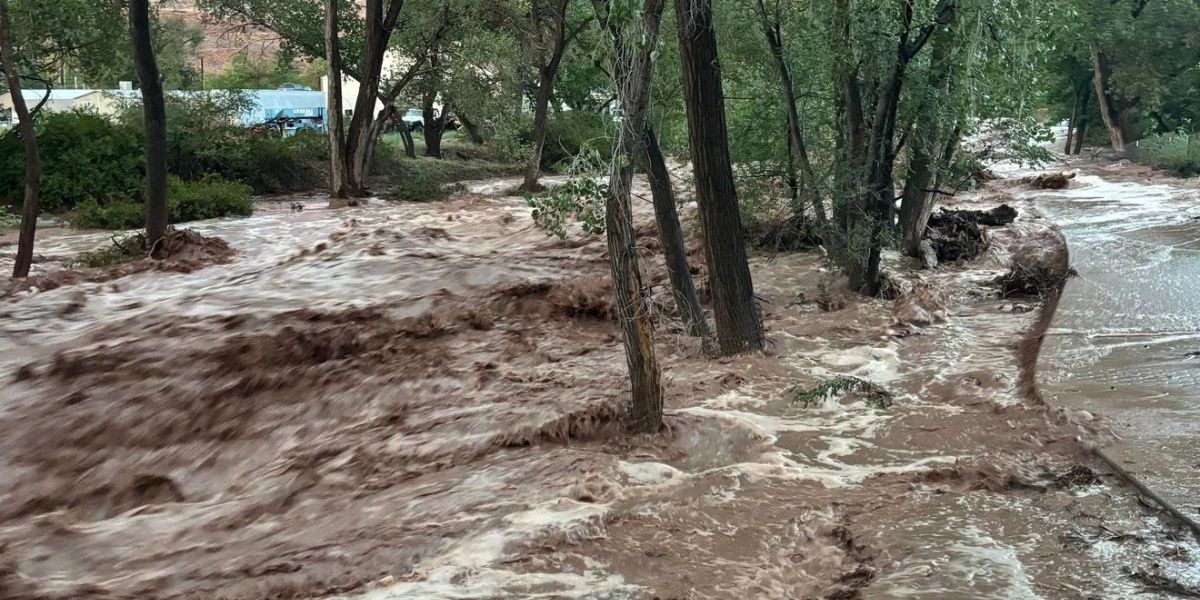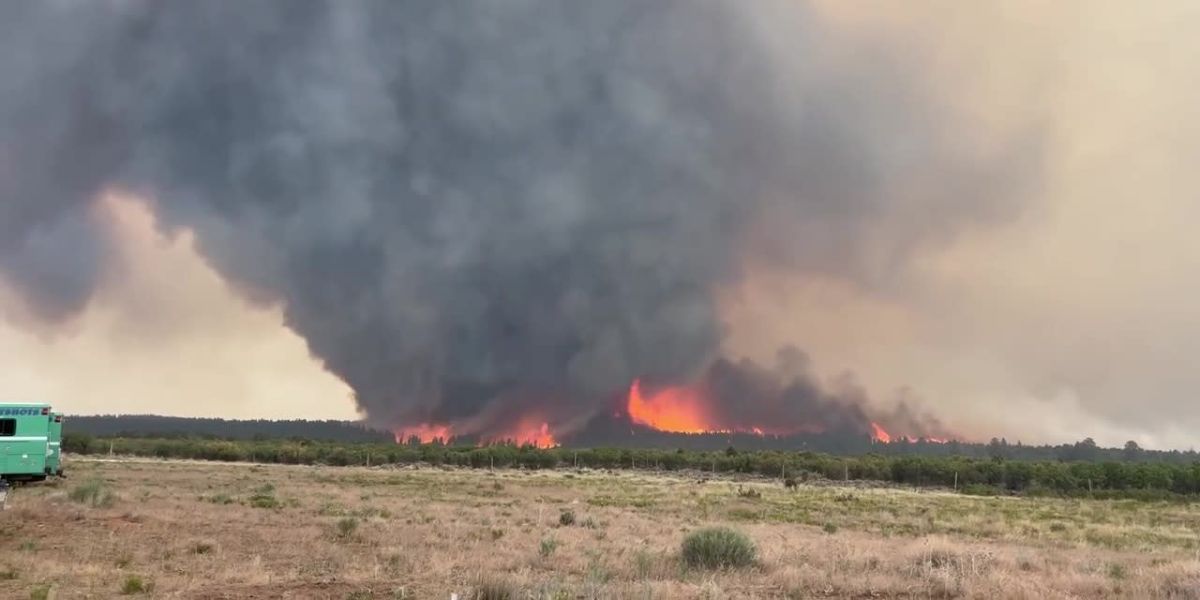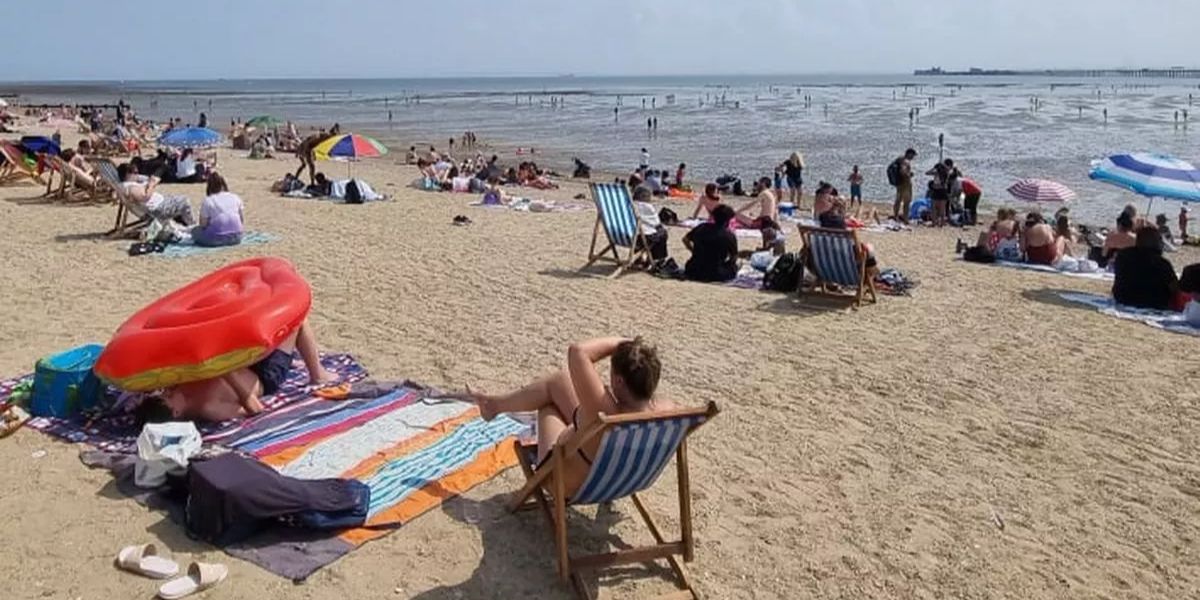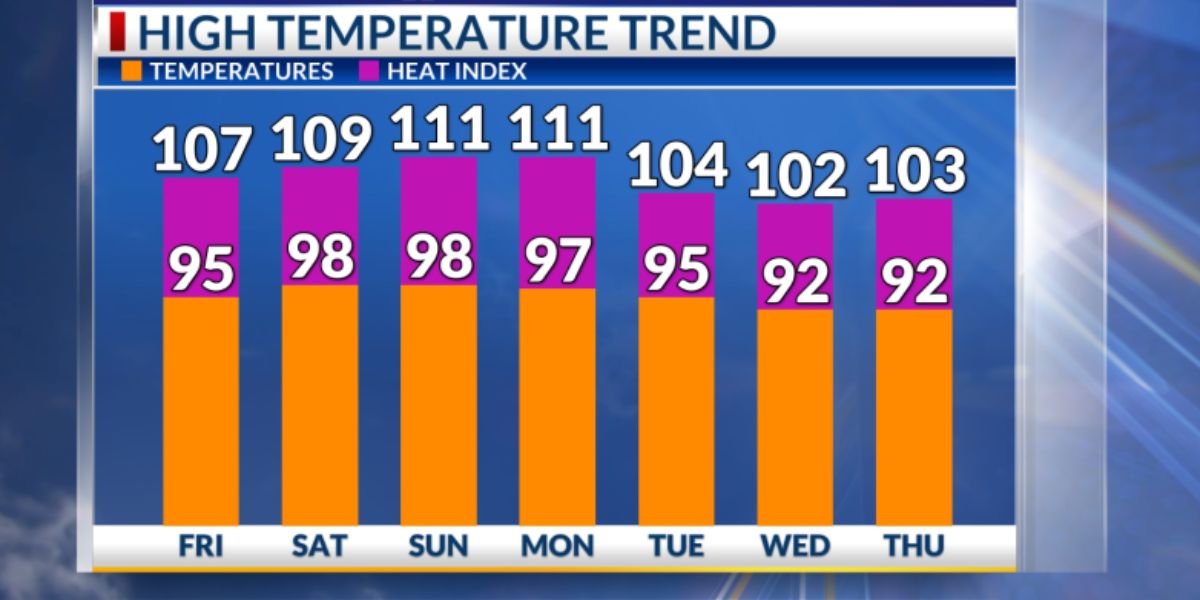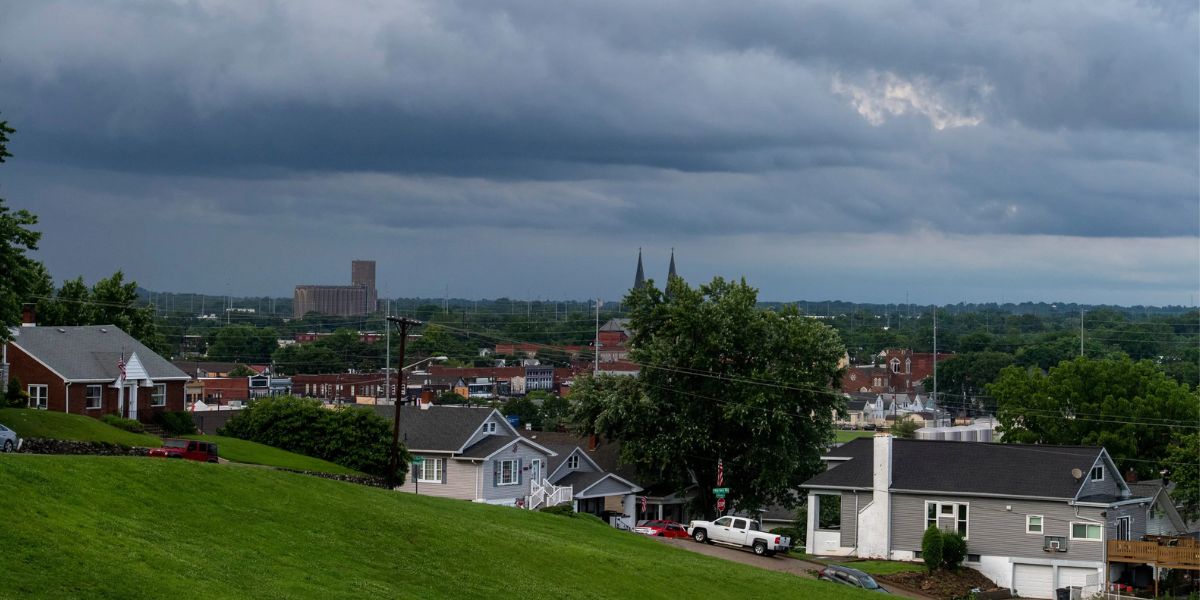Beginning at 4:43 p.m. on July 17, the National Weather Service issued a flash flood warning for the county of Coconino. The expiration date of the warning is July 17 at 7:45 p.m.
The weather service issued a warning that regions in and near the White Sage Fire might see flash flooding that could pose a threat to human life.
At four forty-three minutes past the hour, Doppler radar revealed that thunderstorms were producing significant rain over the White Sage Fire.
It had rained somewhere between half an inch and one inch. A rainfall rate of between half an inch and one inch per hour was anticipated. The flash flooding was either already occurring or was anticipated to start in the near future.
The Le Fevre Overlook, Jacob Lake, the Condor Viewing Site, and Vermilion Cliffs National Monument were among the places that were anticipated to be affected by flash flooding.
Between mile marks 570 and 595, this includes the portion of United States Highway 89A.
House Rock Wash, Rock Canyon, Johnson Wash, Coyote Wash, Wildcat Canyon, Jacob Canyon, Kaibab Wash, and Warm Springs Canyon were some of the washes, creeks, and rivers that were listed in this category.
Read Also: Southeast Michigan Forecast: Storms to Start Weekend, Sunshine Returns Sunday
Advice on how to deal with flooding weather
The following advice was provided by officials from Coconino County to citizens in order to advise them on how to get ready for impending storms and potential flooding hazards.
- Buy flood insurance to protect your property from the floodwaters that may be flowing through it.
- Create a plan for both evacuating and sheltering yourself wherever you are.
- If you are told to evacuate, do so.
- During flash floods, you should either seek high ground or remain on high ground.
- Walking or driving through floodwaters should be avoided. It is not always possible to determine the depth and pace of the water; the ground or road may suddenly wash away, and there may be hidden risks; it is not advisable to attempt to evacuate through floodwaters.
- Learn how to protect yourself from injuries caused by debris, contaminated water, carbon monoxide poisoning, electrocution, and damaged buildings and infrastructure that could potentially cause harm.
- Before entering buildings that have been flooded, it is important to have a professional evaluation or examination of the structures and utilities already there.

